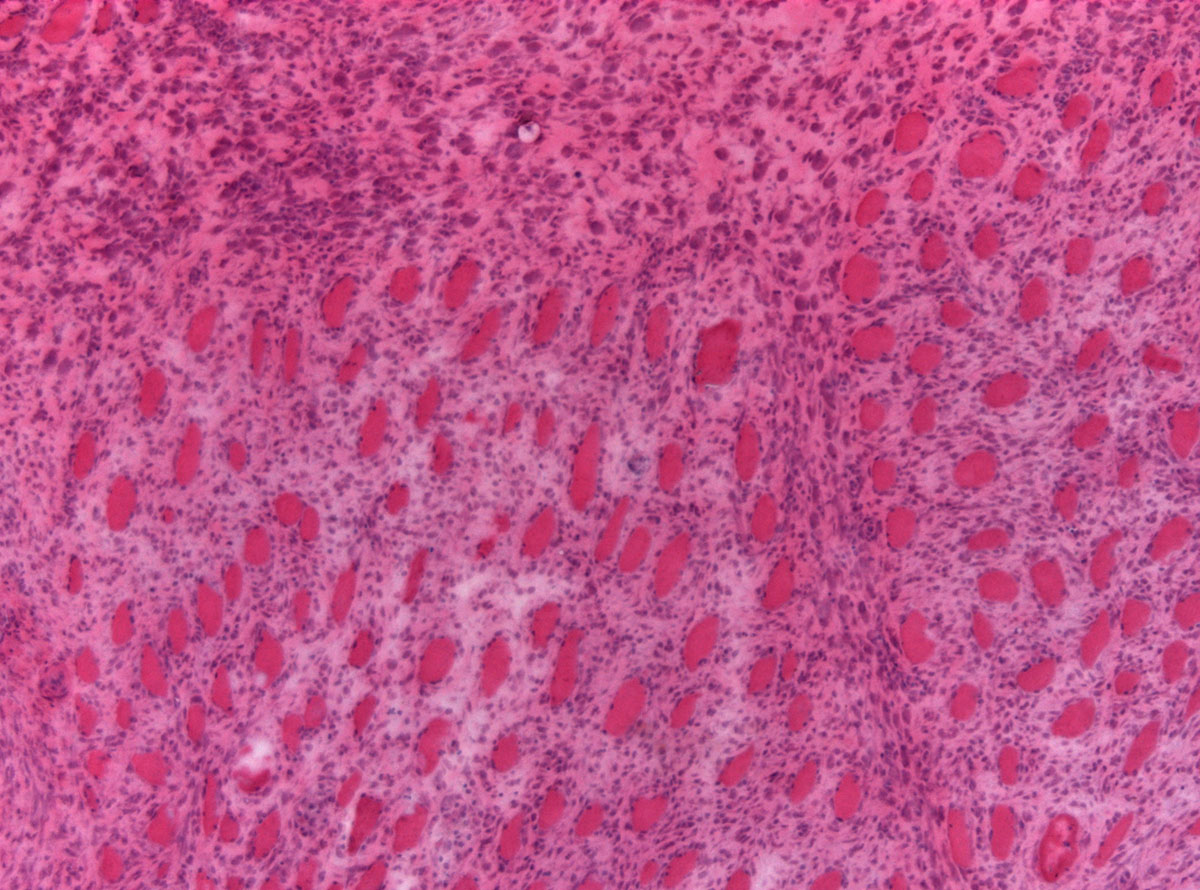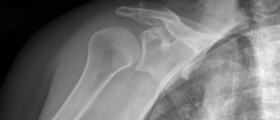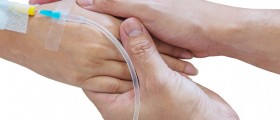
Myositis is a muscle problem. In general, it represents the inflammation and swelling of the muscles, especially of muscles’connective tissue. Your doctor might refer to this disease as an inflammatory myopathy, although this is a group of more than one specific condition. Polymyositis, inclusion body myositis and dermatomyositis all belong to the group of inflammatory myopathies.
Weakened immune system is the most probable cause of myositis, although this theory hasn’t been proved and clarified yet. Some scientists believe that the autoimmune disorder might also be the reason behind this medical condition, while some others claim that it was caused by some viral or bacterial infection. Injuries and certain medications, such as drugs used to lower the blood lipids (fibrates and statins) can also provoke myositis.
How to Recognize Myositis
Every person may experience different myositis symptoms, and the pain can be felt in the neck, shoulders, upper arms, hips or thighs. Symptoms appear very slowly and the intensity of the pain might be different for each person experiencing myositis. There is almost no difference between the symptoms of polymyositis, inclusion body myositis and dermatomyositis. The only way to differentiate dermatomyositis is the skin rash, accompanying the pain in themuscles.
Less serious myositis symptoms include: weight loss, fever, prickling and blue stains in the nails, irritation and voice changes (nasal voice or voiceloss).
The pain and muscle tenderness, which people suffering from myositis experience, comes from the weakening of the muscles. Everyday activities might be seriously compromised because of the pain and discomfort the patient is feeling. Sometimes, it could be very hard to get up from the chair, raise the hands above the shoulders or even climb a couple of stairs, for it could be really painful experience.
When myositis affects the upper parts of intestinal tract, it might cause eating and swallowing problems. Sometimes, this disease can affect the stomach and intestine, leading to ulcers, bleeding and presence of the bloody stools. Abdominal cramps might also be caused by inflammation of the muscles in the intestines.
Other symptoms may include fatigue and tiredness, without any physical activity that might have caused it. Myositis can also affect the lungs and the heart, leading to cough, breathing problems and even heart failure.
What are Possible Treatment Options?
The diagnosis of myositis is established after some blood tests, CT or MRI scans, X rays or electromyograms. In most cases, doctors will recommend medications, physical therapy and rest. However, you must be aware that this medical condition can’t be cured, and patients may expect only improvement of their symptoms. As in many other diseases, the treatment is more efficient if the disease has been caught in the beginning. If that’s not the case, myositis could be resistant to all treatments, tying the patients to bed or be a life threatening condition.



-Causes,-Symptoms,-Diagnosis,-Treatment_f_280x120.jpg)













Your thoughts on this
Loading...